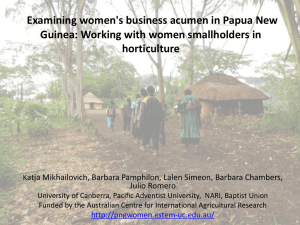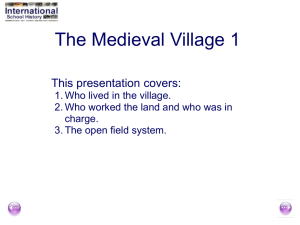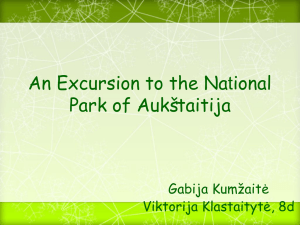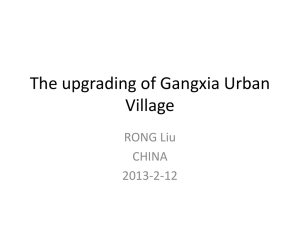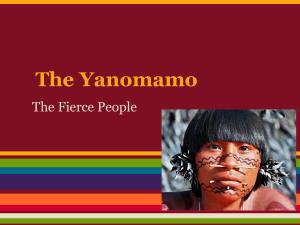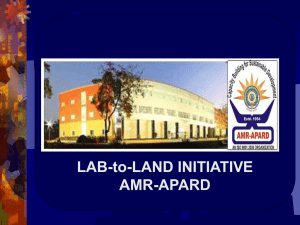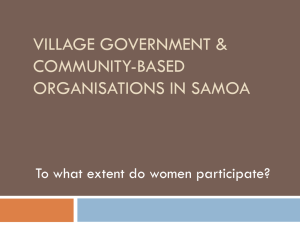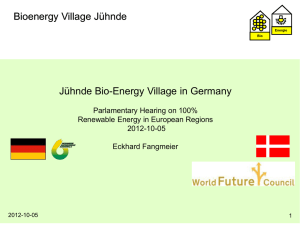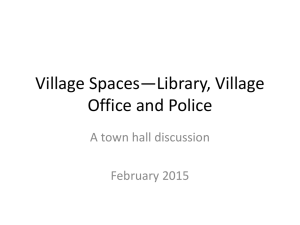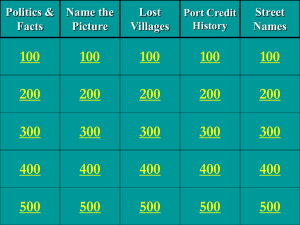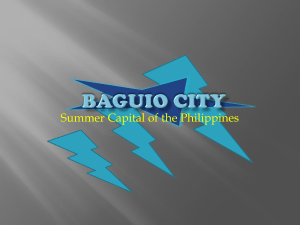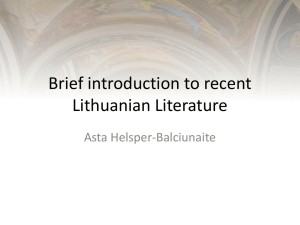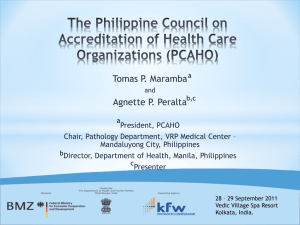Žymiausios mūsų krašto vietoves
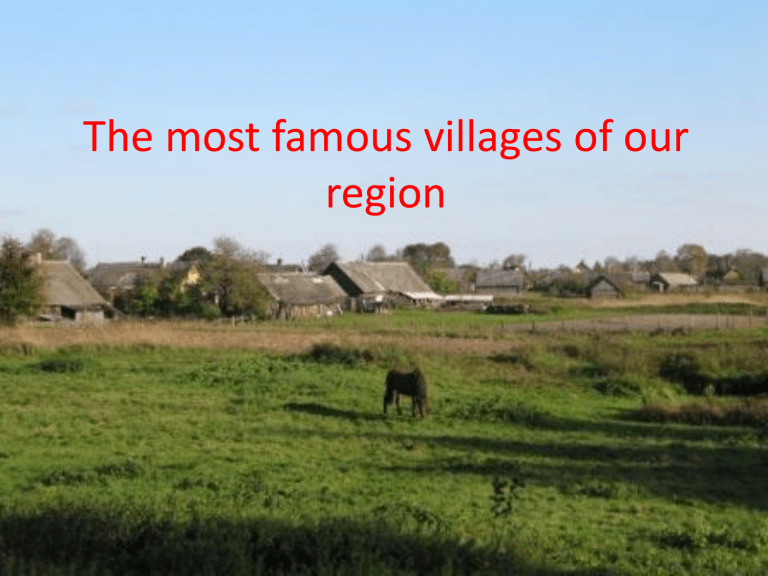
The most famous villages of our region
The c ontent
s
• 1. Marcinkonys
• 2. Senoji Varėna
• 3. Perloja
Marcinkonys
About
the
village
• Marcinkonys is a village in Varėna district, Lithuania, located to the south-east of Merkinė. It is the administrative center of the Dzūkija National Park and
Čepkeliai Marsh. According to the 2001 census, it had
765 residents.[1] The settlement has been known since
1637, when it was a camp of foresters. It began growing after completion of the train station for the
Warsaw – Saint Petersburg Railway in 1864. During the
Holocaust, the village had the Marcinkonys Ghetto for the Lithuanian Jews. Some Jews escaped during the liquidation of the ghetto and managed to survive the war.
Geography
• The village is surrounded by large forests. It is one of the sources for people ’ s business.
Hollow pine trees are natural monuments. The village has got the rail contacts with Grodno,
Vilnius and Varena and road links with
Druskininkai, Merkine and Varena. Also
Marcinkonys has got a railway station. The countryside area is mostly mainland dunes with Girinio health path (3.6 km) along it.
Marcinkonys railway station
History of the village
• In 1637 it was mentioned as a scouts’ settlement in the forest. The first church as the philia of
Merkinė was built in 1770. The village began to grow in the nineteenth century. In the second half of the XIX century a railway station was built.
As there was not much of arable, local people were engaged in forestry work, crafts. Since the end of the XIX century they started picking mushrooms and cranberries. People used to transport different goods to St. Petersburg and
Warsaw by trains.
The Church of St. Simon and Jude
There are also established
• 1. The ethnographic museum established in
1994 m.
• 2. The Čepkeliai State Reserve Museum of
Nature established in 1996 m.
• 3. The Cemetery of victims of hitlerism.
• 4. The Cemetery of Lithuanian partisans.
Marcinkonys ethnographic museum
Exhibits of Marcinkonys ethnographic museum
The marsh of
Cepkeliai
The Old Varėna
About the village
Old Varena is the village in Varena’s district, near the confluence of the Merkys and
Varena, 4 miles to the north of Varena on the road A4 (Vilnius-Druskininkai). There is a modern St. Michael’s the Archangel’s Church
(built in 1994) in the village. Also there is A.
Ryliškis Secondary School, a kindergarten
“Nykstukas", a library, a post office (EN-
65075). On the high slope of the coast where the Varene river flows into the Merkys river near the road to Varena, there is a park of wooden sculptures.
The origin of the name
The origin of the settlement’s name comes from the river Varene ( previously known as the Varena) which flows through the town. Concerning false overwrites in the Polish language the name remained without the first letter (Orany).
The legend tells that the name is derived from name of the goddess Varene, who used to patronize hunters and fishermen near the river.
The others derive the name of Varena from the word
“varyti“( in Lithuanian), which means to drive wild beasts during the hunting. This option is the most likely as it describes best the actual living conditions of that time.
St. Archangel’s Michael’s Church
• In 1990 the architects Brunonas Bakaitis and
Gediminas Baravykas made the old church’s project in Old Varena. They used various forms and shapes which are close to Čiurlionis art.
The church was built and consecrated in 1994.
History of Old Varena
• The first time Varena was mentioned in historical sources in 1413 , the 13th January. The Master of the Order in his letter states that he started "a new hunting estate, known as Varena, along the river Merkys”. Later there was built a mansion, which belonged to Grand Treasurer M.
Bžostovskis. This new settlement was first mentioned in 1486. In the sixteenth century it was mentioned as a royal mansion of Varena. The town started vanishing in the XVII century and in the middle of the XVIII century when wars started. At the end of the XVIII century there was a parish school.
The most famous people
A famous composer and painter M. K.
Čiurlionis (1875-1911) was born in Old Varena.
Now there is just a stone indicating the place of the house where he used to live . An oak roofed poles "alley" built on both sides of the road, known as Čiurlionis Way, stretches from this place until Druskininkai city .
M. K. Čiurlionis
Perloja
About the village
Perloja is a village in Varėna’s district, Lithuania. It is situated
19 km (12 mi) to the west from Varėna on the banks of the
Merkys River and on the Vilnius–Druskininkai road. The village is known for the so-called Republic of Perloja, an independent micronational republic was established in the aftermath of
World War I and existed until 1923. According to the 2001 census, it had 774 inhabitants.
The origin of the name
Perloja origin of the name is uncertain. Unlikely one of the versions the name Perloja is derived from the word “pearl”,however, those areas are not mentioned in any related activity to the pearls. The legend tells that this place previously was a township, and Duke Perlius lived there. Near the town he built a church. One Sunday a lot of people gathered in the church. Suddenly during the Mass, the land parted and the church submerged. Later a lake appeared in that place. People called it Paperloju and a nearby town was called Perloja. Old people say that on Sundays there are often heard bell beats emanating from the lake, and the church’s relics are sometimes washed on the lake shore ...
The Virgin Mary’s and St. Francis of Assisi Church
History of the village
• Archaeological research dates human presence in the area to the
Neolithic era. Perloja village was first mentioned in writing in 1378.
Situated on the important Vilnius–Hrodna road, the village had a royal estate for accommodation of travelling Grand Dukes and other
Lithuanian nobles. After Christianization of Lithuania, the village was one of the first places to construct a Catholic church funded by
Vytautas the Great. In 1710, during the Great Northern War, the plague wiped out almost all inhabitants of Perloja. However, the settlement recovered and was granted the Magdeburg rights and coat of arms in 1792. The arms depicted a bull with Latin cross on its head. Possibly the image was borrowed from Kaunas. The arms and the rights were soon abolished as the village was absorbed into the Russian Empire following the partitions of the Polish–Lithuanian
Commonwealth. The historic coat of arms was restored in 1993.
At present the main square is dominated by the monument for Vytautas the Great built in 1930
Inscription under monument
The monument to commemorate partisans who died for freedom.
Be proud of own homeland!
Prepared by
• Student of II B form Nikolajus Sakovič
Origins
• http://lt.wikipedia.org/wiki/Perloja
• http://lt.wikipedia.org/wiki/Marcinkonys
• http://lt.wikipedia.org/wiki/Senoji_Varėna
• http://www.lsa.lt/varena/apie_perloja.htm

